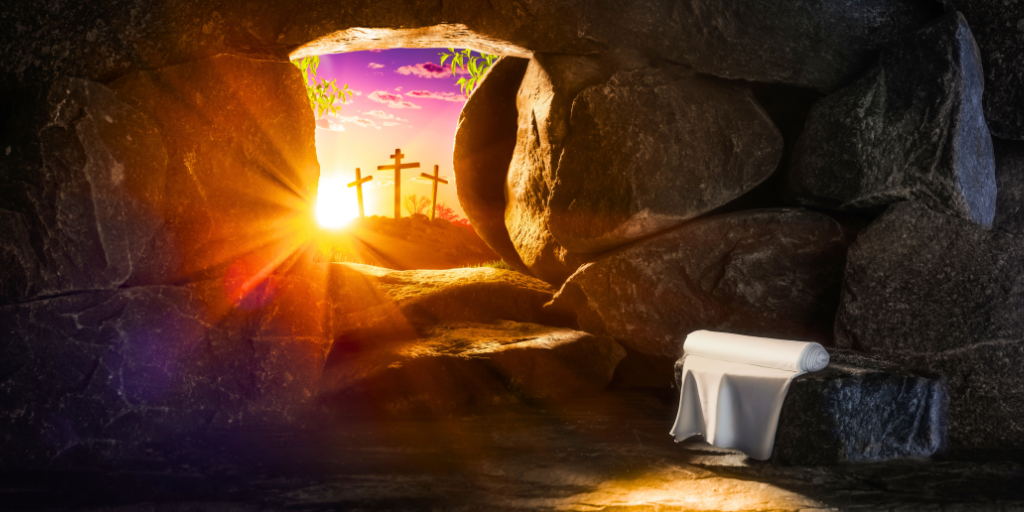
Kim Andrich finds wisdom in the words of Saint John Paul II as she ponders how we can celebrate the Resurrection amid difficulties and suffering.
Alleluia! He has risen! Death has hold of us no more!
Easter Vigil Mass is joyous. I love when the servers ring bells through the Gloria. It can be overwhelming to the senses, but that overwhelm spills into my soul and raises it in praise to God.
I also love the readings, especially the Gospel passage. What wonder to see the Resurrection through the eyes of Mary Magdalene and the disciples, who, mourning the loss of their Teacher and Messiah, had come to the tomb where he had been laid, finding it empty. At once, they were both “fearful and overjoyed” (Matthew 28:8). To experience this confused amazement with them is a gift.
By this time in the week after the Resurrection, Jesus had appeared to the disciples. They had seen Him alive! They were astonished and didn’t know how to react. Jesus had been dead but was alive again. He was, at once, both absent and present. What did this mean?
By this time in our week, much of our Easter joy has worn off. After experiencing the joy of Easter Mass and that first proclamation of “Alleluia!” our lives have returned to a fairly normal routine, along with all the bickering and worries that often accompany family life. And, let’s be honest, sometimes the noise and bickering even accompany us during Easter Mass.
Unlike for the disciples, the news of this miracle is not new to us. We celebrate Easter every year. We proclaim the Resurrection every time we go to Mass. Yet our questions are not all that dissimilar. What does the Resurrection mean in a world that continues to turn? How do we live it amid sin and suffering? Our enemies still lurk around every corner, yet Jesus has conquered them.
There are times when our lives feel like a never-ending Lent, or perhaps like a never-ending Triduum, even within the Easter season. When the cross feels so heavy, our lives so burdensome. The concerns we have for our children continue to mount, and their behaviors get the better of us.
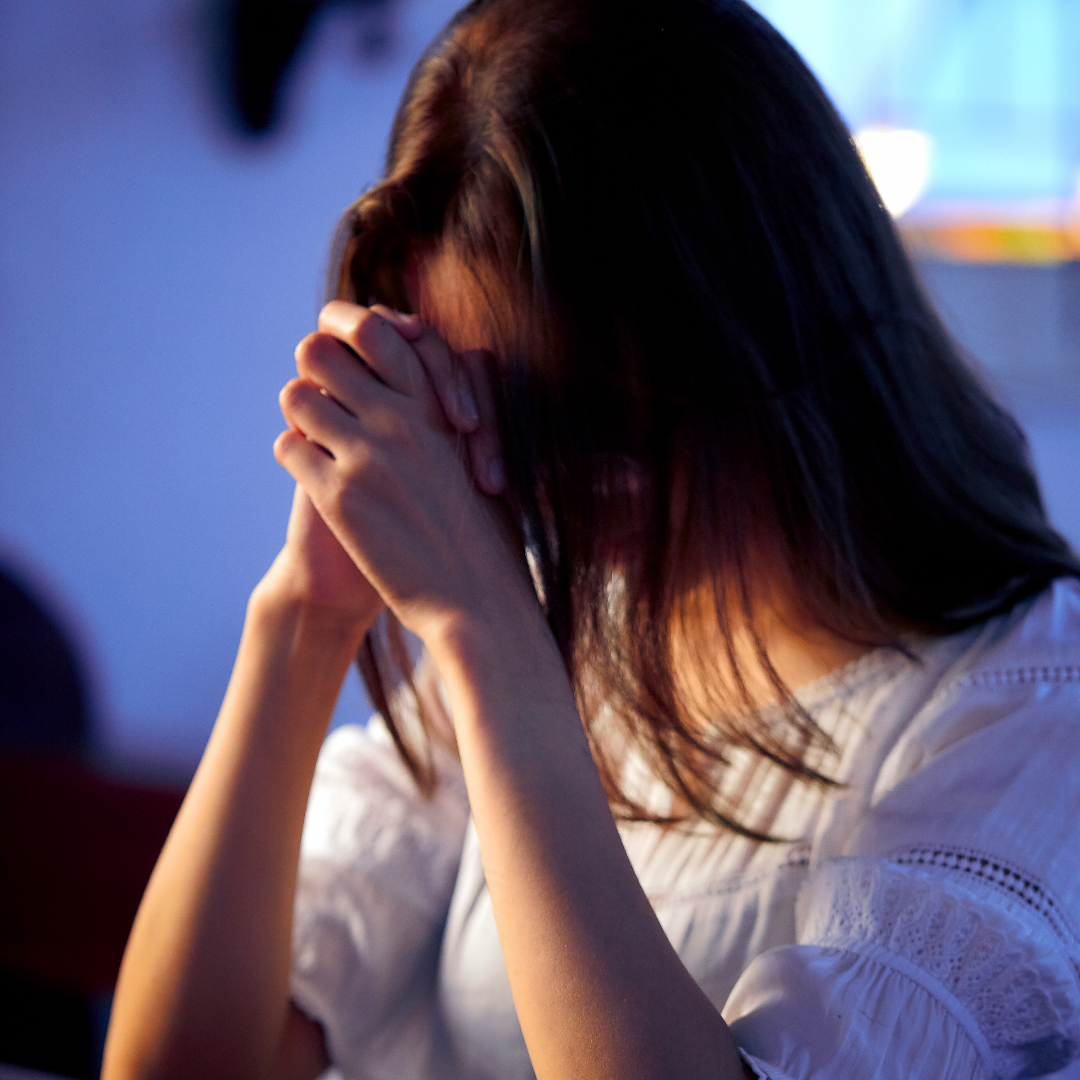
Yet, in the midst of this, we are still an Easter people. We are still called to live Resurrection joy in our bodies and in our lives.
To begin to understand this apparent contradiction, I find it helpful to consider what the cross, death, and Resurrection, taken together, meant for Jesus.
The cross was to human eyes Christ’s emptying of Himself, at the same time it was in the eyes of God His being lifted up…. In weakness He manifested His power, and in humiliation He manifested all His messianic greatness. (Saint John Paul II, Salvifici Doloris, 22)
Christ’s suffering was not what it appeared to be. His passion was not the weakness and humiliation that human eyes detected. Hidden under such appearances were true power and messianic greatness. Hidden within the cross was redemption. Within Christ’s death was death’s defeat.
But if at the same time in this weakness there is accomplished His lifting up, confirmed by the power of the resurrection, then this means that the weaknesses of all human sufferings are capable of being infused with the same power of God manifested in Christ’s cross. (Salvifici Doloris, 23)
Though suffering may be what is seen and what it felt, it is not the full reality, either for Jesus, or—in Him—for us. As with Jesus, when we empty ourselves, God lifts us up. When we acknowledge and embrace our weaknesses, God’s power dwells in us (cf. 2 Corinthians 12:9).
There is so much that is known by God alone, obscured by the pain of our crosses and hidden beneath the veil that separates us from Him. When our lives are full of difficulty and when the cross is all we see, there is a much deeper and more profound reality that is also present and which we are called to approach in faith.
Before I was diagnosed with chronic Lyme and Bartonella, I had been at a loss as to what was causing the host of physical and emotional symptoms I was experiencing. I often felt alone and hopeless for many long years as I tried to navigate through the unknown and struggled to care for myself and for my family.
Through those years, I had nowhere to place my hope but in God, yet my heart was full of hope—even when I felt discouraged—because I knew that He was present and moving in it, redeeming it all. And I knew, sometimes by experience and sometimes only by faith, that He was producing great fruit through this cross.
Within the cross, God was doing what I could not do. He was re-creating me. In the hidden recesses of my soul, He was making me new, detaching me from those things that are not of Him in order to make room within for Himself.
Throughout the years, the cross has been infused with God’s grace. Sorrow and joy mingle together as if one. And I learned that suffering, His and ours, is often the means that God uses to reveal Himself to us.
He has a plan for each of us within the suffering. Redemption such that only He knows and only He can carry out. It is happening, hidden from view, every time that we offer our struggles and our crosses to Him, every time that we turn to Him in our pain and weakness.
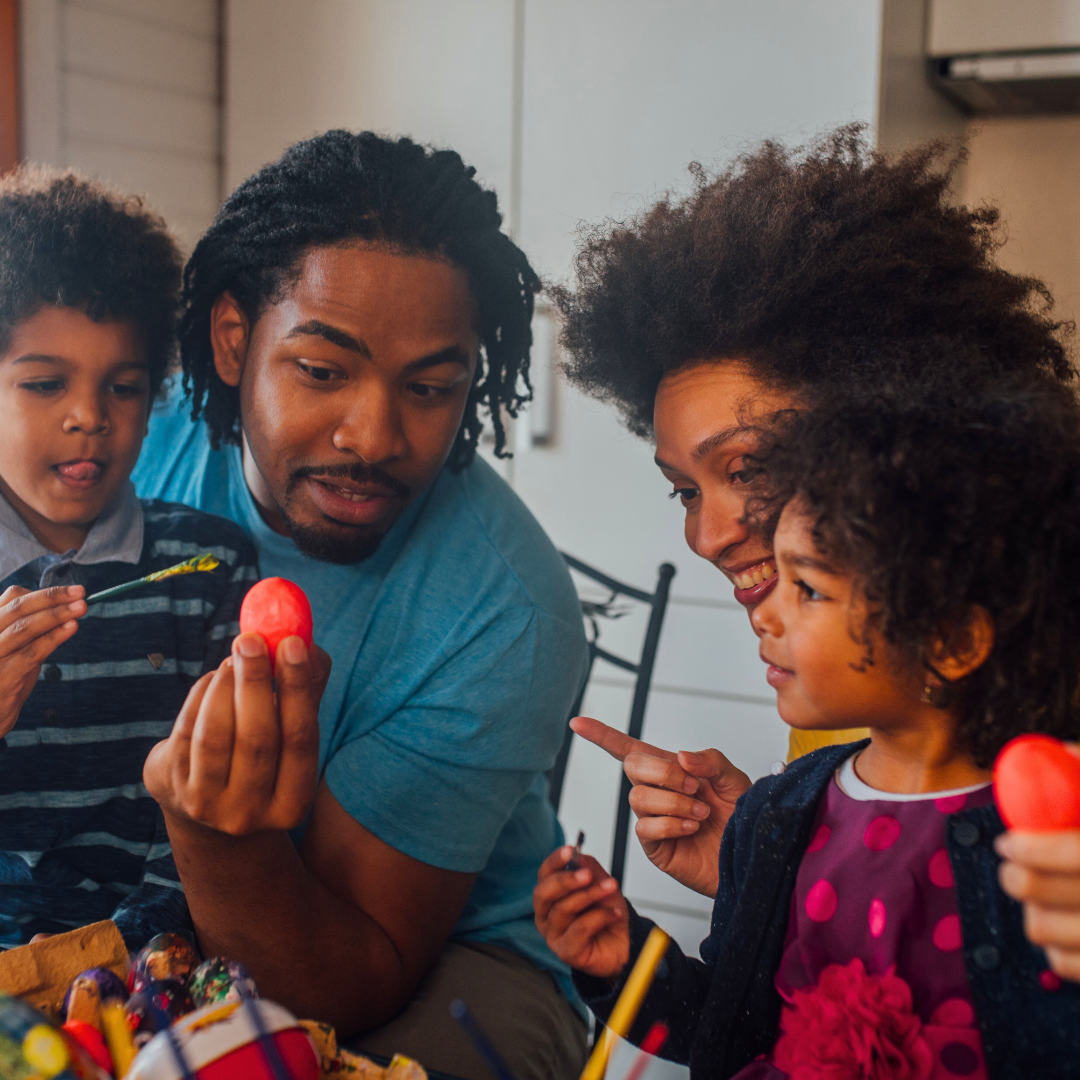
And so we celebrate Easter, amid sin and suffering, in a world that continues to turn. The Resurrection confirms the reason for our hope, that even—no, especially—in the cross there is redemption.
Even when Christ’s power and messianic greatness are obscured by the crosses of our lives, we can know by faith that His glory is hidden within the cross and rejoice in the redemption that God our Father is working out for us, through the merits of His Son. We can celebrate the Resurrection, counting “it all joy … when you encounter various trials” (James 1:2). In the midst of difficulties, we can proclaim, “He has risen! Alleluia!”
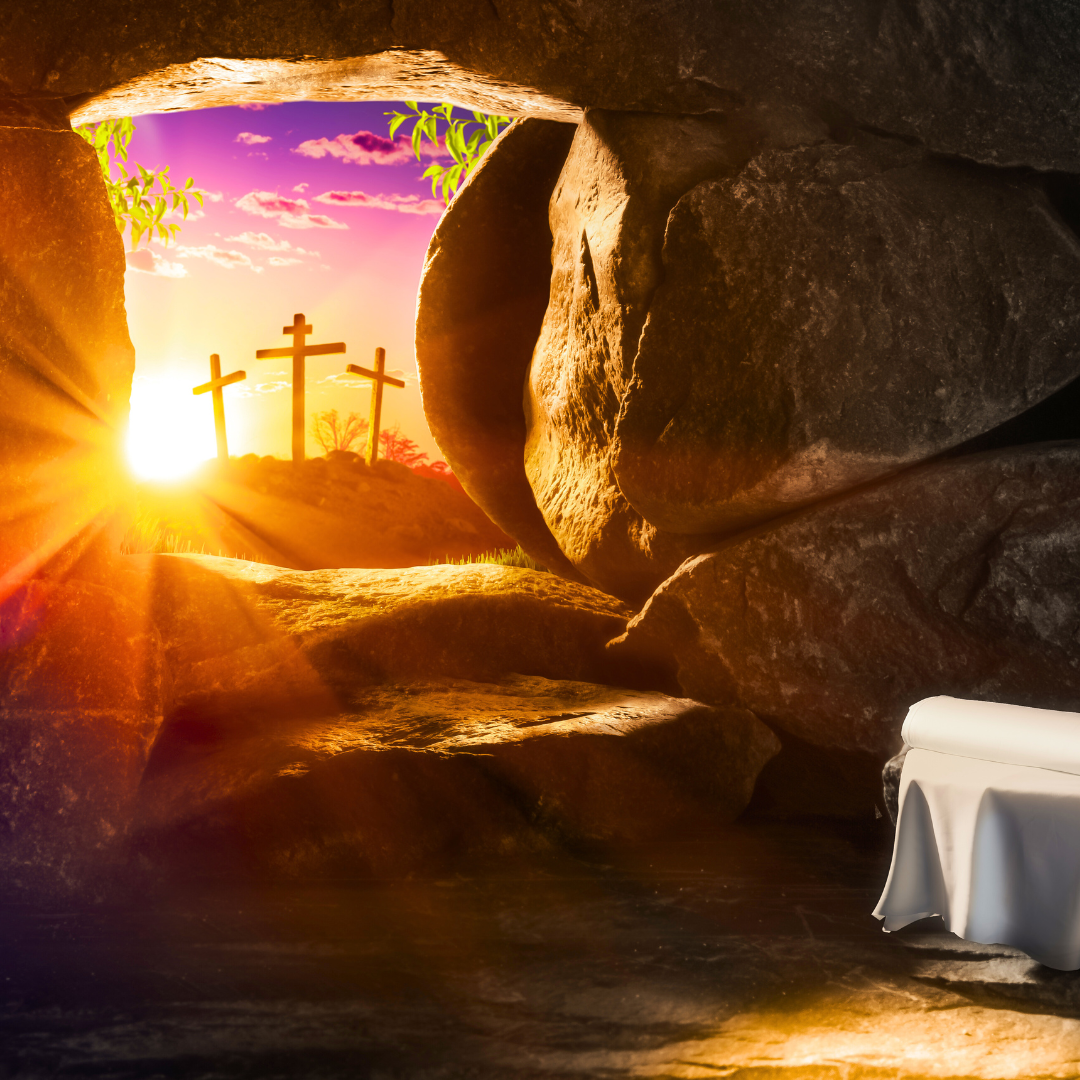
Copyright 2023 Kim Andrich
Images: Canva
About the Author
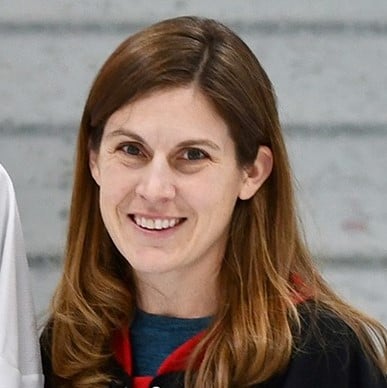
Kimberly Andrich
Kimberly Andrich is a wife and a mother of 5, to two big boys and three little ladies. She enjoys deep conversations over a cup of hot tea and twilight walks with her husband. Kimberly writes from the perspective of having a hidden, chronic illness and experiencing a deep, continuous conversion through being yoked to Jesus in the day-to-day trials and joys of life. Follow her on Instagram @FallingOnHisGrace.


.png?width=1806&height=731&name=CatholicMom_hcfm_logo1_pos_871c_2728c%20(002).png)
Comments